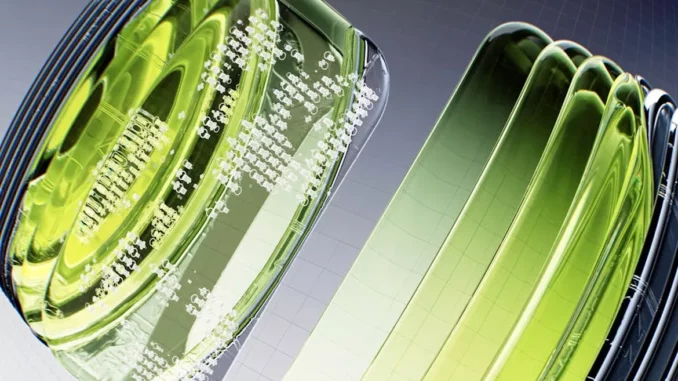
In a world rapidly advancing in medical technology, the idea of conducting surgery remotely with the aid of tiny robots resembles a scenario straight out of a science fiction narrative. Yet, this futuristic vision is swiftly materialising, heralded by a significant breakthrough in medical innovation. I recently had the privilege of speaking with Dr. Emily Carter, a distinguished researcher at the University of Hawaiʻi at Mānoa, to explore the transformative potential of microscopic soft robots in the realm of medicine.
Dr. Carter, an authority in biomedical engineering, vividly illustrated the challenges confronting individuals in remote locations. “Consider the predicament of requiring surgery when the nearest surgeon is a day’s journey away,” she remarked, her voice resonating with the gravity of this situation. “Or contemplate needing treatment in a region of your body that is difficult for physicians to access. These are not mere hypotheticals; they represent the daily reality for many, particularly those residing on islands or in rural areas.”
To address these challenges, the University of Hawaiʻi, in concert with esteemed institutions such as the Max Planck Institute for Intelligent Systems and ETH Zurich, is spearheading pioneering research. Their collaborative effort has yielded microscopic soft robots capable of navigating the intricate network of human body vessels with unparalleled precision. This innovation offers a beacon of hope for individuals isolated from specialised medical care.
Dr. Carter elucidated the capabilities of these robots, explaining, “They are soft, flexible, and operate cooperatively, akin to a team of surgical ants. Each robot can be manoeuvred independently through magnetic fields, enabling precise guidance to specific locations within the body. This allows medical professionals to perform multiple tasks concurrently, such as administering medication to various sites or adjusting fluid flow, all while minimising invasiveness.”
The technology capitalises on the robots’ ability to morph their shape to traverse the body’s natural pathways, akin to an octopus contorting its form to navigate tight spaces. “The pivotal innovation,” Dr. Carter highlighted, “lies in the interaction of these robots with surrounding tissues. They’re not rigid; they can twist and turn, making them exceptionally suited for traversing the body’s complex landscape.”
The potential applications are expansive. These robots could be deployed in swarms, facilitating advanced medical procedures previously deemed impossible. For example, in situations involving multiple blockages in different parts of the body, several robots could be dispatched to address each blockage simultaneously, significantly reducing the time and risk associated with conventional surgery.
Our discussion became particularly intriguing when Dr. Carter recounted a recent demonstration. The research team successfully navigated a swarm of these robots through an intricate artificial model of body vessels, delivering “cargo” to various points and altering fluid dynamics within these pathways. This demonstration underscores the technology’s promise not only in medical treatment but also in diagnostics.
“Living on the islands,” Dr. Carter emphasised, “many of our residents must travel significant distances, sometimes even inter-island, for specialised medical procedures. Our kūpuna and residents in remote areas are disproportionately affected by these challenges. However, with these tiny robot swarms, we could provide advanced care locally and less invasively.”
As our conversation concluded, Dr. Carter’s enthusiasm was unmistakable. While the research is still in its nascent stages, its implications are profound. The capability to deliver care locally with reduced invasiveness promises to revolutionise healthcare, making high-quality medical attention accessible to those who need it most, irrespective of their geographical location.
Upon reflection, it’s apparent that the emergence of microscopic soft robots in medicine signifies more than a technological advancement; it symbolises a hopeful stride towards enhanced global health equity. Though the journey from laboratory to clinical application may still stretch ahead, it is illuminated by the promise of a future where healthcare is more accessible, efficient, and minimally invasive.
In the ensuing years, we anticipate witnessing the continued evolution of these minute marvels as they carve out new pathways in the medical field, demonstrating that the smallest innovations often herald the most profound changes.


Be the first to comment